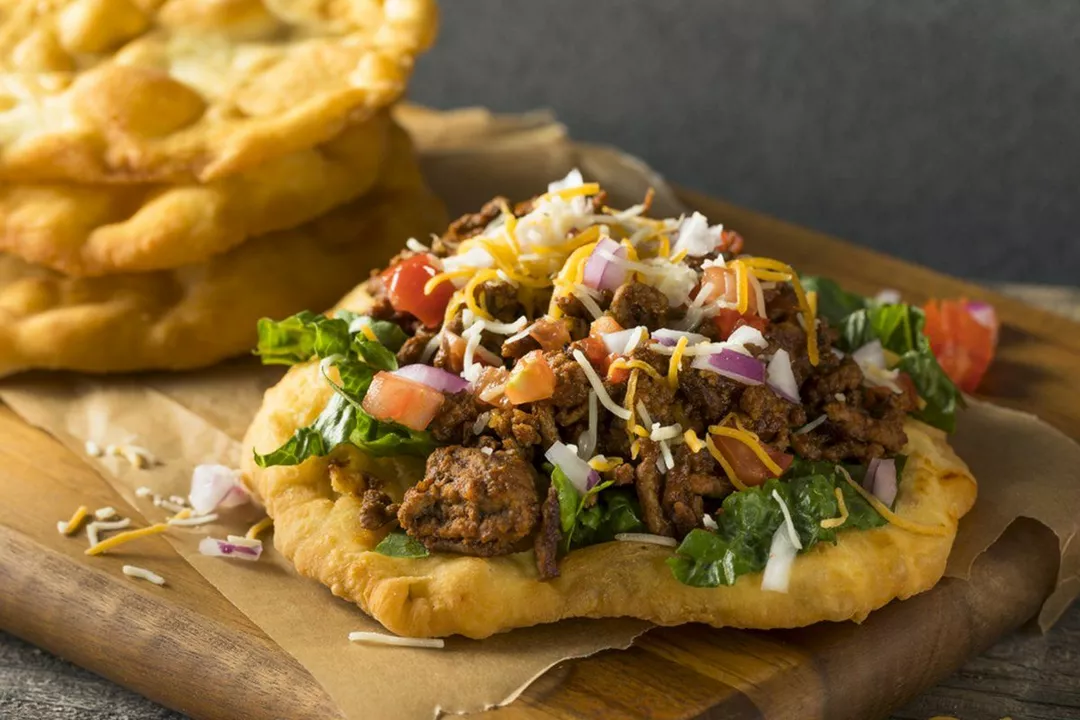Native American Cuisine: What to Expect and Where to Start
Native American cuisine is not one single style — it's many food traditions shaped by region, climate, and centuries of knowledge about plants and animals. If you think of corn and frybread only, you miss a lot. From the seafood of the Pacific Northwest to the wild rice of the Great Lakes and the chili-steeped dishes of the Southwest, Indigenous foods are varied, seasonal, and rooted in place.
Core ingredients and classic dishes
Certain foods show up across many tribes because they were reliable and nutritious. Corn, beans, and squash — known as the "Three Sisters" — are central. Corn is used whole, ground into meal, or processed with lime (nixtamalization) to make masa. Beans add protein and help soil fertility. Squash provides fats and fiber.
Other staples include wild rice (Great Lakes), bison and venison (Plains), salmon and shellfish (Pacific Northwest), chiles and masa-based dishes (Southwest), and berries and maple (Northeast). Traditional preservation methods — drying, smoking, and pemmican — kept food through harsh winters and long travels.
You'll also find modern dishes that blend old and new: frybread tacos, corn-based stews, wood-smoked fish, and contemporary plates that use heirloom seeds and foraged mushrooms or greens.
How to taste, cook, and show respect
Want to try Native American food? Start local. Look for Indigenous-run restaurants, pop-ups, or farmers markets where Native growers sell heirloom corn, squash, or wild rice. Ask where ingredients come from. Many Indigenous chefs emphasize provenance and seasonality — they’ll appreciate curiosity asked respectfully.
If you want to cook at home, begin with one ingredient. Make a simple dish like cornmeal porridge, a bean stew with squash, or roasted bison (or beef substitute where bison isn’t available). Try nixtamalized masa for tortillas or tamales; it tastes different from plain cornmeal and brings out deep corn flavor.
Be aware of sensitive topics. Frybread is popular at many events but it has a complex history tied to displacement and rations. Some communities celebrate it; others criticize its colonial origins. When in doubt, ask and listen.
Finally, think seasonally and sustainably. Foraged foods are delicious but use them responsibly — harvest only what you need, know local rules, and support Indigenous food programs that protect traditional gathering rights.
Native American cuisine offers bold, simple flavors and a strong link to land and culture. Taste with curiosity, support Indigenous chefs and producers, and you’ll find food that’s both honest and memorable.

What are Indian tacos?
I recently came across a delicious dish called Indian tacos, and I just had to share it with you all! Essentially, they are a scrumptious fusion of traditional Native American frybread topped with classic taco ingredients. The frybread is a soft, golden, and crispy base that holds the hearty mixture of seasoned meat, beans, cheese, lettuce, and tomatoes. These mouthwatering tacos are usually served with a side of sour cream and salsa, making them an irresistible treat. I highly recommend giving Indian tacos a try if you're looking for a unique twist on a classic favorite!
Categories
- Social Issues in India (3)
- Sports (3)
- Business & Markets (2)
- Weather & Climate (2)
- History and Politics (1)
- Quick and Easy Indian Breakfast Recipes (1)
- Food and Culture (1)
- Road Safety & Transportation (1)
- Cultural Experiences/Travel & Living Abroad (1)
- Technology Reviews (1)


